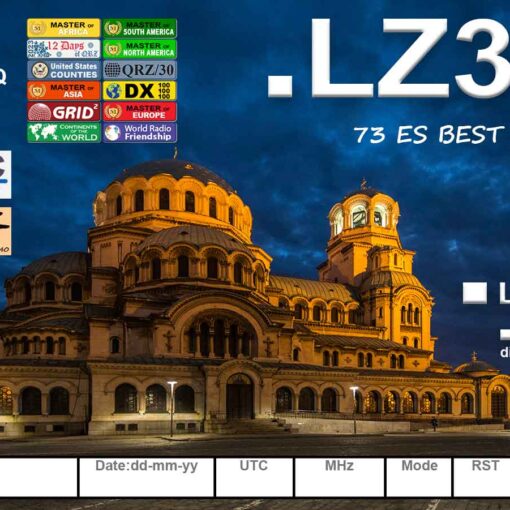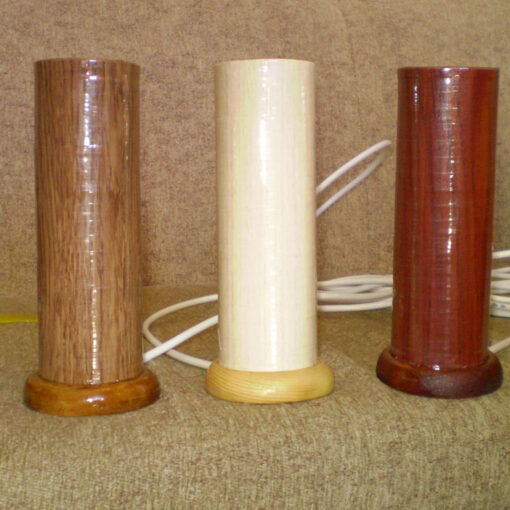
Before the advent of the Internet in the ham radio community, a number of DX information networks were maintained on various ham bands. Daily broadcasts provided information on current and planned DX appearances. In recent years, these networks have been replaced by various information systems accessible via packet radio BBS or Internet sites.
In addition to these valuable DX nets, there is another form of them intended to help stations operate DX. Working DX through a DX network is like working in the category “with an assistant (with an assistant or rather with a moderator, controller)”.
Many DX networks exist primarily to support the egos of the network controllers.
The net controller (master of ceremonies) calls the station willing to work DX waiting on the net frequency.
In most cases, the Master of Ceremonies requires stations to identify themselves with only the last letters of their initials, which is an illegal form of identification in most countries. The master of ceremonies makes a list of those who call. When the list is ready, he starts feeding the stations one by one to the DX station. If the QSO doesn’t work right away, the master of ceremonies will be happy to help (from “..SS station, call again” to giving half the report the intelligibility is correct, but the signal is much stronger than what you are transmitting…” ). Often the master of ceremonies does half the QSO… No wonder we sometimes hear comments like “guess what’s next…”.
Obviously this is a far cry from real sport DXing! Both serious DXers and experienced DX stations will stay off such a DX network as much as possible.
Such DX networks are not where you will learn the sport of DXing, nor will you learn how to improve your station or your skills as an operator.



